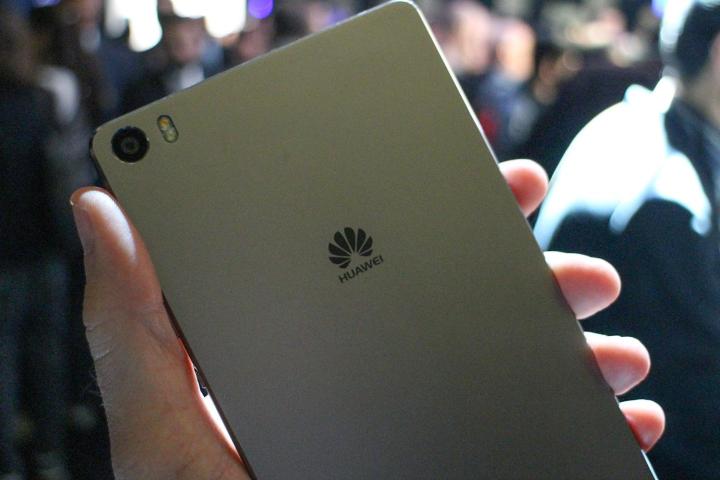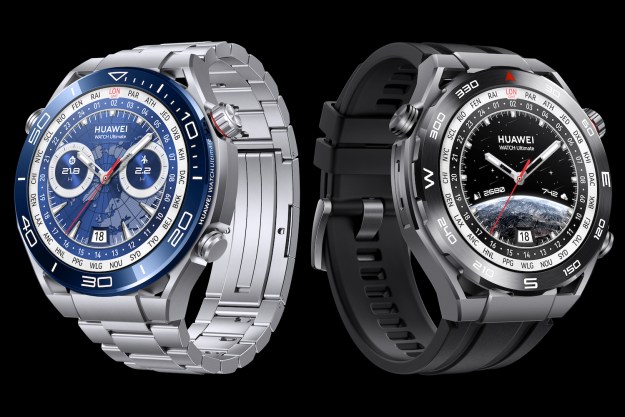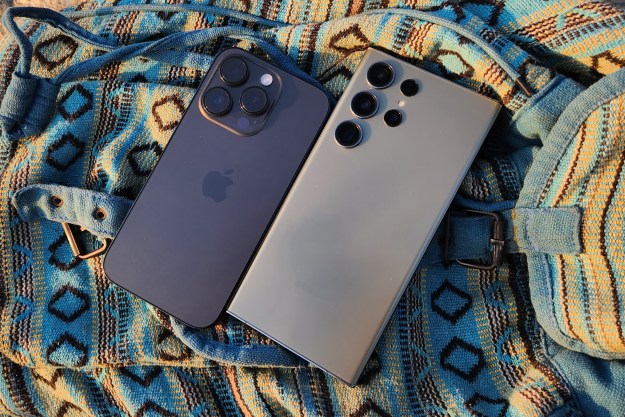
This isn’t the first time we’ve heard such big talk from Huawei, which has been hampered by image problems in the U.S. for some time. Despite no actual evidence against it, Huawei is still linked with the spying accusations which plagued the firm last year. The situation eventually made Huawei withdraw from the U.S. network and telecoms market almost entirely. So how does it intend to push its smartphones and meet the challenge of taking on Apple and Samsung?
For a start, and most sensibly, it’s targeting the networks. There are already Huawei phones available through AT&T and T-Mobile, and Sprint will come onboard in October, but Verizon won’t be selling Huawei’s phones, only hardware such as Wi-Fi hotspots and dongles. Huawei’s not going to mess about with mid-range phones, it wants networks to stock its high-end, premium hardware to attract buyers.
Huawei knows deals with carriers are key to U.S. success, but it’s not going to ignore direct sales, and will sell unlocked, unsubsidised devices through its own online store. The store is accessible at the moment, and Huawei sells the Snapto, the Ascend Mate 2, and the MediaPad T1 8.0 tablet through it already. Apparently, we should look out for new devices sold through it in April, July, and August. To add a little extra incentive to buying a Huawei phone, it’s going to offer U.S. buyers a two-year warranty on new phones.
Huawei has a lot of work ahead
The company has been making strides to alter its image elsewhere in the world. In Europe, it launched the Honor 6 without the Huawei name attached, dropped the old Ascend brand name, and decided only high-end smartphones were the way forward. TrendForce data on global smartphone market share puts Huawei third behind Apple and Samsung with 7-percent overall.
Illustrating the work ahead of it in the U.S., ComScore doesn’t even rank Huawei in the top five, meaning it has less than 4-percent market share. It needs to leapfrog HTC, Motorola, and LG before reaching its goal. Not only that, rival ZTE has similar aspirations in the U.S. market, and is aggressively marketing its name in the sporting world, and coming up with some intriguing, desirable devices.
Huawei’s not lagging in cool hardware, and the new P8 and P8 Max are real standouts. However, no U.S. launch date has been stamped on them yet, something that desperately needs to change if Huawei’s serious about chasing down Apple and Samsung.
Editors' Recommendations
- Samsung just launched a $400 phone in the U.S., and it looks great
- Here’s every AI feature you can use on the Samsung Galaxy S24
- Samsung Galaxy Z Flip 5 price: here’s exactly how much it costs
- Here’s our very first look at the Samsung Galaxy Tab S9 Plus
- Want to turn your iPhone into a Galaxy S23? This app is for you




